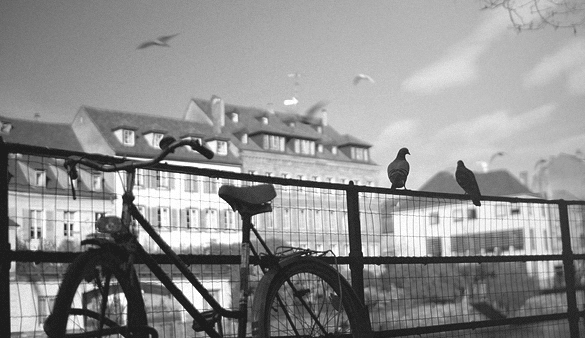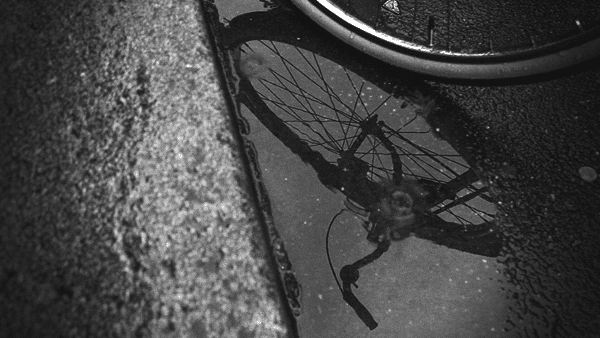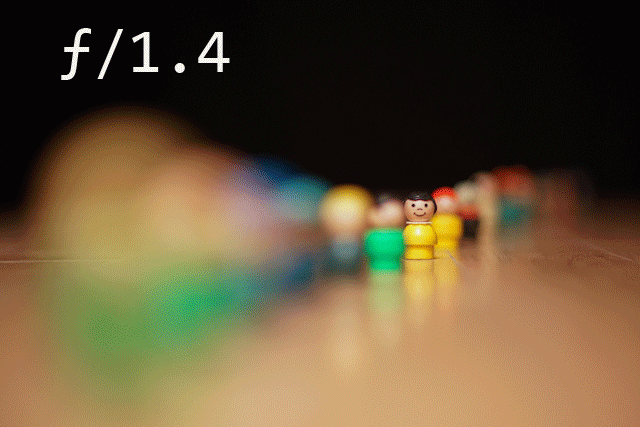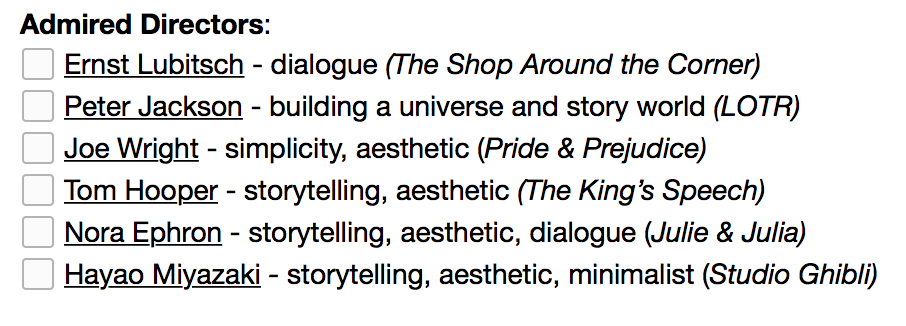In this industry, everyone talks about passion, everyone talks about “doing what you love” that it not only bordered on cliché, it trumps it with an american-accented “see ya later, losers!” And I’ve trained my psyche to be commanding enough to own this phrase of passion and make sure the little children in my little circle are given same advice. Clearly, Cal Newport or well, Steve Martin wonder of my childhood for comedy classics such as Cheaper by the Dozen and well, its sequel says otherwise:
Be so good they can’t ignore you.
That’s so unfair. There is a misdemeanour here and I feel absolutely cheated. How come no one told me this when I jumped into the pool of media and communications and fell in love with filmmaking and watching ‘perfect’ people express who they really are in BTS vids from a Vogue shoot? I thought the key had always been passion. I’ve expressed this vehemently when I landed on the shores of Boston Massachusetts and screamed an anthem of success for the international revenue a twenty year-old could be so favourably blessed with.
And then Newport grunts something like the craftsman mindset focuses on what one can offer the world while the passion mindset‘s about what the world can offer you and then I was slapped by the realisation of its opposite: what did I offer Boston when I came through its chilly, almost-Melburnian doors? What did I offer my Advanced Production in Directing class when I signed up to do a short film and auditioned two talented talented young kids who I know will make a name for themselves in this industry faster than you can say Cara Delevingne? (ps. love her)
Have I been mistaken all along? Has my epiphany come and I’m barely twenty-one? Should I be writing my autobiography already?
I’ve always had this problem of feeling like I am missing out on what I truly love the most when I am doing something, or even when I’m just thinking about doing something that will not benefit my future endeavours to become a Director, Producer and Writer in an industry as fastidious as E&M. And then I volunteered for community television shows and unpaid short films where I got to be on set surrounded by people who are as passionate as I was but are so good at what that they do that I recognised, finally, that to be better is to do better. I learnt more about the craft by allowing myself to be taken under *insert collective noun* of eagles and driving myself to wake up every morning to learn, flippin’ learn, and to best my yesterday today.
I had doubts and I had self-pity about who I felt I was upon my return from the grandest international adventure I’ve been on knowing that I’m on my graduating year. I was all jittery and ready to flight more than fight. But I’ve finally awakened my dormant alter ego – it’s time to adopt a crafstman mindset and be so freakin’ good, the world cannot just ignore you, they cannot handle you. Supervillain, anyone?
No one owes you a great career…you need to earn it.










